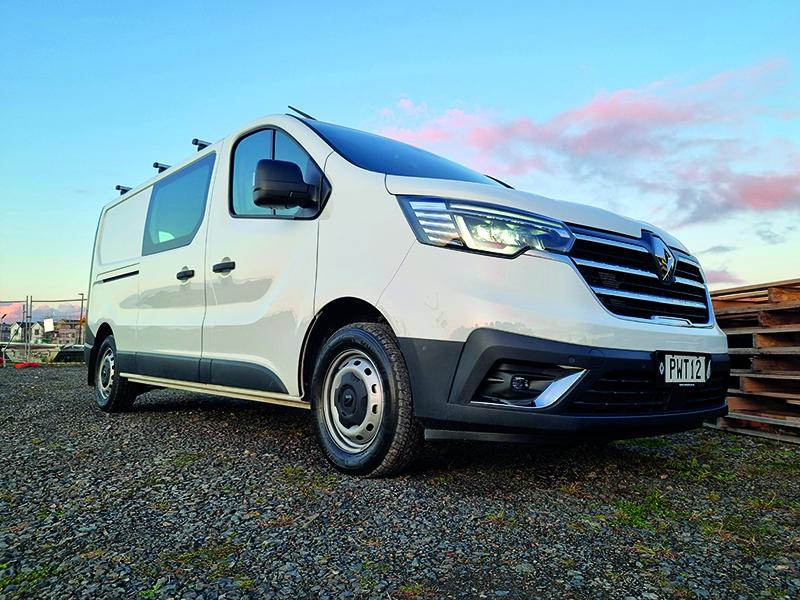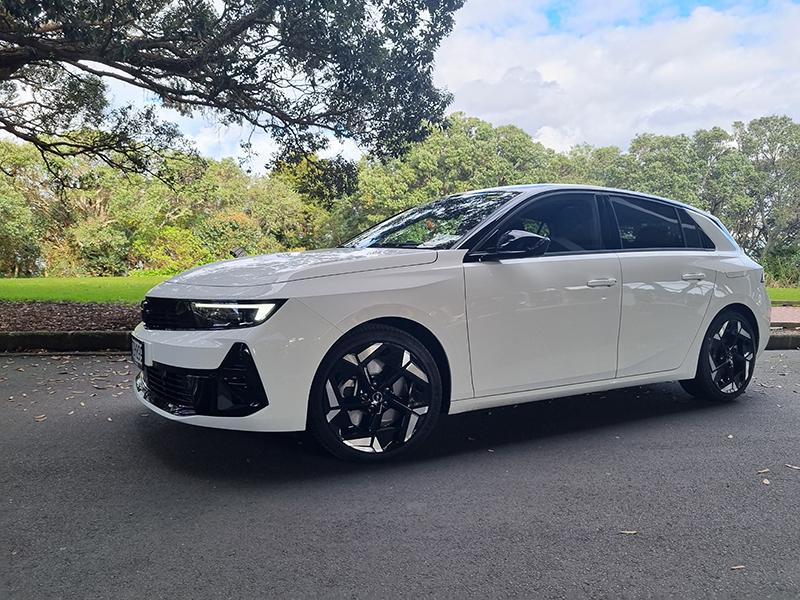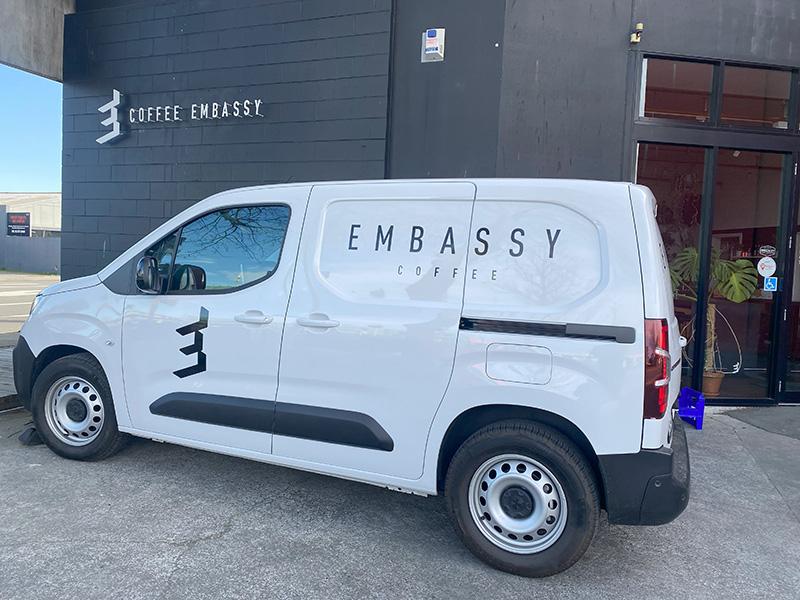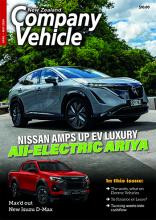It’s a welcome return to review a family favourite from NZ Company Vehicle this month as we check out the changes and upgrades to Renault’s long-serving mid-sized van – the Trafic.
That’s pronounced Traffic by the way or Trafiq to keep it in French vernacular. Renault however, has determined Traffic be spelt Trafic, so don’t try telling us we spelt it wrong.
The Trafic made its debut in Europe sometime in 1980 and it took two more generations of the light commercial van until it arrived in the lands Downunder.
It was 2020 when Renault New Zealand arrived with a commercial van which would ruffle more than a few feathers, and not just in the light commercial van sector.
It was the used car market which fell victim to the hot version of the Renault Trafic, the one with the twin turbo diesel to partner up against a more sedate version.
The 1.6 twin turbo was a serious engine, and turned the funny French van into a street racing weapon which could and did shut down plenty of boy rac ... sorry, JUC car enthusiasts, silly enough to enthusiastically accelerate away from traffic lights, only to find Trafic vans already well clear of the intersection by the time the Skylines et al got across the line.
But we not only had hot Renault vans, we had sensible ones as well and later on, we also had the short-lived Mitsubishi Express – to all intents and purposes, a rebadged Renault.
This stayed with us for two years before Mitsubishi New Zealand, despite comfortable sales of its Euro-derived van, elected to drop the ‘Renibishi’ completely, scaling down the small/medium van market a smidge, but leaving the door wide open for a Renault-aissance with the Trafic for 2023.
And that brings us comfortably to the subject of today’s article and yes, there have been some changes made.
In the first place, Renault no longer sees the need to field a performance-oriented van and the twin turbo 1.6 is no longer a thing (pity!) but the three variants of Renault Trafic van available today, the Trafic Crew, Trafic LWB and Trafic MWB, all come with the same engine; a two-litre single turbo putting out 125kw of power and 380Nm of torque.
This is a surprisingly good engine. Normally a two-litre is nothing to get excited about, but this is a super smooth diesel and – while I’m not sure exactly how Renault has done it – capable of achieving Renault’s stated 7.5 litres per 100km – and below – very easily.
Refined and with a smart/stop system, the direct injection engine is designed with efficiency in mind.
In fact, everything about the 2023 Trafic has efficiency in mind: efficient space management in the cargo bay, efficient six-speed automatic transmission with manual mode, efficient vehicle handling with good positioning of the wheels as close to the corners of the vehicle as possible and efficient business management in the ‘front office’ to boot. More on this later.
Even on a casual glance, the Renault Trafic looks like it means business. It also looks…different to other vehicles, though the basic Trafic shape we know from 2014 remains.
What we have here is a facelift and the French have taken that word quite literally. Of course, it is relatively easy to facelift a van, you’re only looking after the front third after all.
Renault is fortunate in that it has two other commercial vehicles to base the Trafic’s facelift on; the Kangoo and the Master sharing a common company ‘face’.
Renault could have used the Trafic to blueprint a new one but opted instead to integrate the Trafic into the family properly.
Or that’s the way it appears. In Europe, there is an electric Trafic which shares the same face as our turbo diesel, suggesting we may see an electric Trafic sooner rather than later.
So, what’s the real difference in appearance from the previous generation?
The headlights are the most dramatic change and feature a much sleeker and contemporary design with uplifted wings accentuating the C-shaped daytime running lights.
The radiator grille has been opened up and is deeper than before with three chrome bars accentuating the centre Renault badge and presenting the purposeful look of the Renault commercial van offering.
Other than the front, the externals are much the same with the Trafic offering dual side sliding doors and dual 180-degree barn doors at the rear.
The 6.7m3 box of the long wheelbase is kind of cool too. Plenty of lash down points and with protective plastic panelling as well as floor protection and a factory fitted bulkhead – the back end of the Renault Trafic is ready to work.
But the Trafic is not all about business in the back. Renault has determined that the tradies who opt for the Trafic are going to be those with a solid hand in their business.
As such, Renault has built the Trafic with doing business in mind. The centre seat back folds down to provide space for a laptop, but it gets better, with a pop out clipboard which can cleverly click into place facing right or left.
And for those thinking yes, but what about actual space to work in the office away from the office? Great ergonomics handle this and the positioning of the standard sized (no little stubby shifters here!) gear lever allows for easy left-to-right through the cabin movement.
The Trafic’s cabin offers 84 litres of space to keep all the business essentials in place and there’s a wealth of USB ports and a 12 volt socket up the front to keep all the electronical doodackies fed.
And speaking of electronical doodackies, the Trafic has a brilliant dashboard to suit all tastes. A big – for the commercial sector – eight-inch touchscreen provide the multimedia applications suite and integrates Apple CarPlay and Android Auto connectivity, sophisticated voice command, numerous settings and applications to measure the vehicle’s performance and an inbuilt satellite navigation system.
Trafic’s cabin is an interesting rather than a boringly functional one.
You do have to get used to what the French would suggest are universal symbols on the steering wheel and the hangover oddity of a volume, skip track/station selector under the multifunction steering wheel, but other than that NZ Company Vehicle likes the interior of the Trafic’s cabin which is nicely and practically appointed.
Trafic integrates rotary dials for climate control and conveniently positioned toggle switches under the screen to activate locking systems, hazard lights, the start stop functionality, a drive select mode between Eco and Performance modes and Grip XTend system activation.
This last is designed as a sort of traction control for soft surfaces such as building sites, workyards, paddocks grass berms, anywhere the Trafic might conceivably bed itself down in.
Pushing the toggle activates the system which allows a free spinning wheel to spin until it can take hold of a tractive surface to move the vehicle. It’s a clever set-up which works and is particularly useful in New Zealand.
Grip XTend is part of the Trafic’s long and distinguished active safety list. It includes active emergency braking, distance warning. Lane departure and blind spot warning, traffic/trafic sign recognition, adaptive cruise control with overspeed prevention and speed limiter, front, rear and side parking sensors, reversing camera with dynamic guidelines and all the usual safety suspects including front and lateral curtain airbags for driver and passenger and a thorax airbag for the driver.
The last word really should be on safety because the Trafic has that in spades and it is of course, a vitally important consideration for the fleet buyer and vehicle operator.
However, we choose to end this article with a salute to Renault for putting together such an all-encompassing van which reflects the French penchant for panache when it comes to styling, an appreciation of and for environmental efficiencies and the joie de vive of professional driving.
Renault Trafic LWB as shown $68,490,
Renault Trafic MWB $65,490,
Renault Trafic Crew $76,490.






